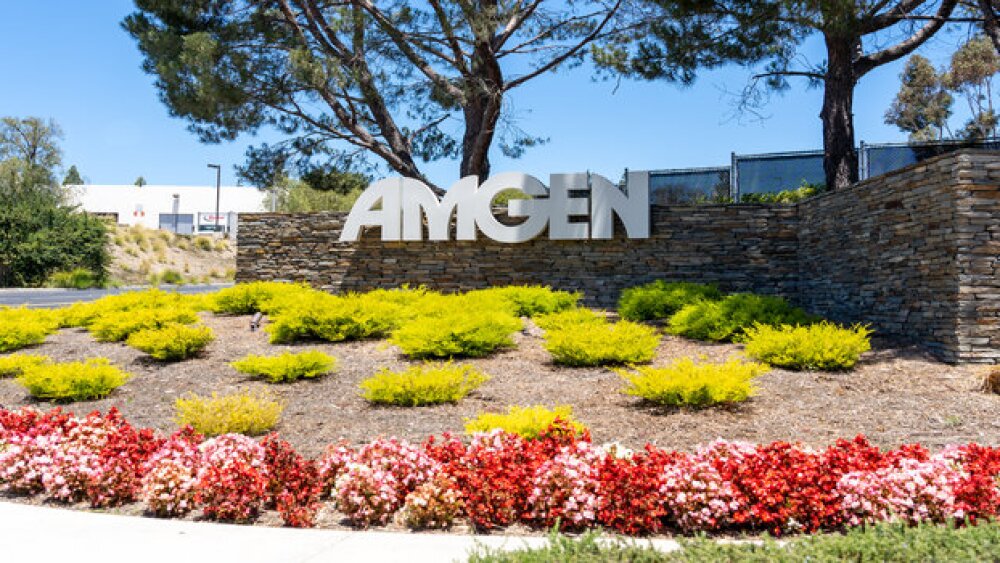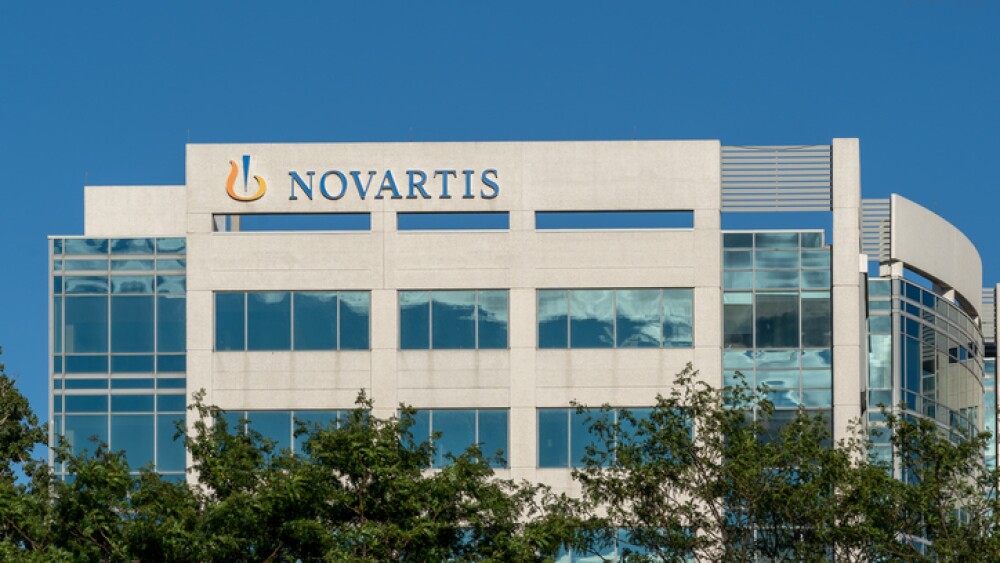Flare Therapeutics Inc. today shared data identifying immunosuppressive cell phenotypes associated with high PPARG expression in urothelial cancer (UC) patients treated with anti-PD1 therapy in a poster presentation at the American Association for Cancer Research (AACR) Annual Meeting 2024 taking place April 5-10 in San Diego, California.
|
-- Data support the potential to explore lead Phase 1 monotherapy asset FX-909 in combination with an anti-PD1 agent -- CAMBRIDGE, Mass., April 9, 2024 /PRNewswire/ -- Flare Therapeutics Inc., a clinical-stage biotechnology company targeting transcription factors to discover precision medicines for cancer and other diseases, today shared data identifying immunosuppressive cell phenotypes associated with high PPARG expression in urothelial cancer (UC) patients treated with anti-PD1 therapy in a poster presentation at the American Association for Cancer Research (AACR) Annual Meeting 2024 taking place April 5-10 in San Diego, California. "Translational insights from our single cell analysis shed further light on the role that PPARG expression plays in the immune cell phenotypes of advanced UC patients following anti-PD1 therapy," said Michaela Bowden, Ph.D., Chief Development Officer at Flare Therapeutics. "The ongoing study of our lead asset FX-909 – which is currently being evaluated as a monotherapy in a Phase 1 clinical study – includes an exploratory biomarker approach to assess the effect of PPARG inhibition on the innate and adaptive immune response of the patients enrolled, and may inform the ability to expand this novel treatment into a potential combination treatment strategy in the future." The poster, titled, "PPARG-high circulating monocytes exhibit an immunosuppressive phenotype in urothelial cancer patients treated with anti-PD1," offers a comprehensive analysis of PPARG expression in peripheral blood mononuclear cells (PBMCs) of advanced UC patients. PPARG has been previously associated with immune-mediated resistance and is upregulated in a variety of immune cells such as monocytes, macrophages, and lymphocytes, where it plays a role in their maturation and function. Flare Therapeutics scientists showed that circulating classical monocytes harboring high levels of PPARG expression exhibited an immunosuppressive phenotype in UC patients who received anti-PD1 therapy. Findings corroborate molecular real-world data presented at the SITC 2023 Annual Meeting that demonstrated high PPARG expression in patients with muscle-invasive UC is associated with an immunosuppressive tumor microenvironment and shorter real-world progression-free survival to anti-PD1 treatment. Additional key takeaways from the poster are as follows:
About Flare Therapeutics Inc.
SOURCE Flare Therapeutics |





